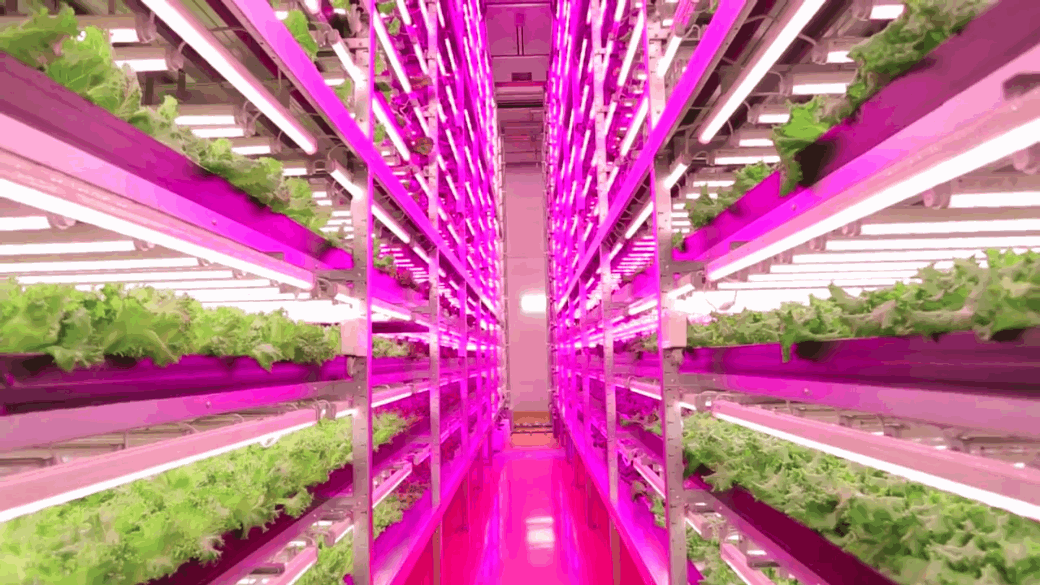As we move into the future, a lot more food production traditionally done out of doors will be moving inside, in labs and “vegetable factories,” away from the fickle and increasingly frightening climate. There’s no reason most of the work can’t be automated.
The Japanese firm Spread is currently developing just such an indoor farm that will be fully computerized and robotized. From Sarah Fecht at Popular Science:
Robots will be the farmers of the future. A company in Japan is building an indoor lettuce farm that will be completely tended by robots and computers. The company, named Spread, expects the factory to open in 2017, and the fully automated farming process could make the lettuce cheaper and better for the environment.
Spread already tends several large indoor farms, which have a multitude of environmental benefits. The plants can be grown hydroponically without exhausting soil resources. Up to 98 percent of Spread’s water will be recycled, and the factory won’t have to spray pesticides, since the pests are outdoors. Artificial lighting means the food supply won’t rely on weather variables, and the lighting can be supplied through renewable energy.
Currently Spread grows about 7.7 million heads of lettuce a year, and sells them at about the same price as regular lettuce. It sounds like the company is hoping to increase its production and lower its prices by making their growing process even more automated.•



